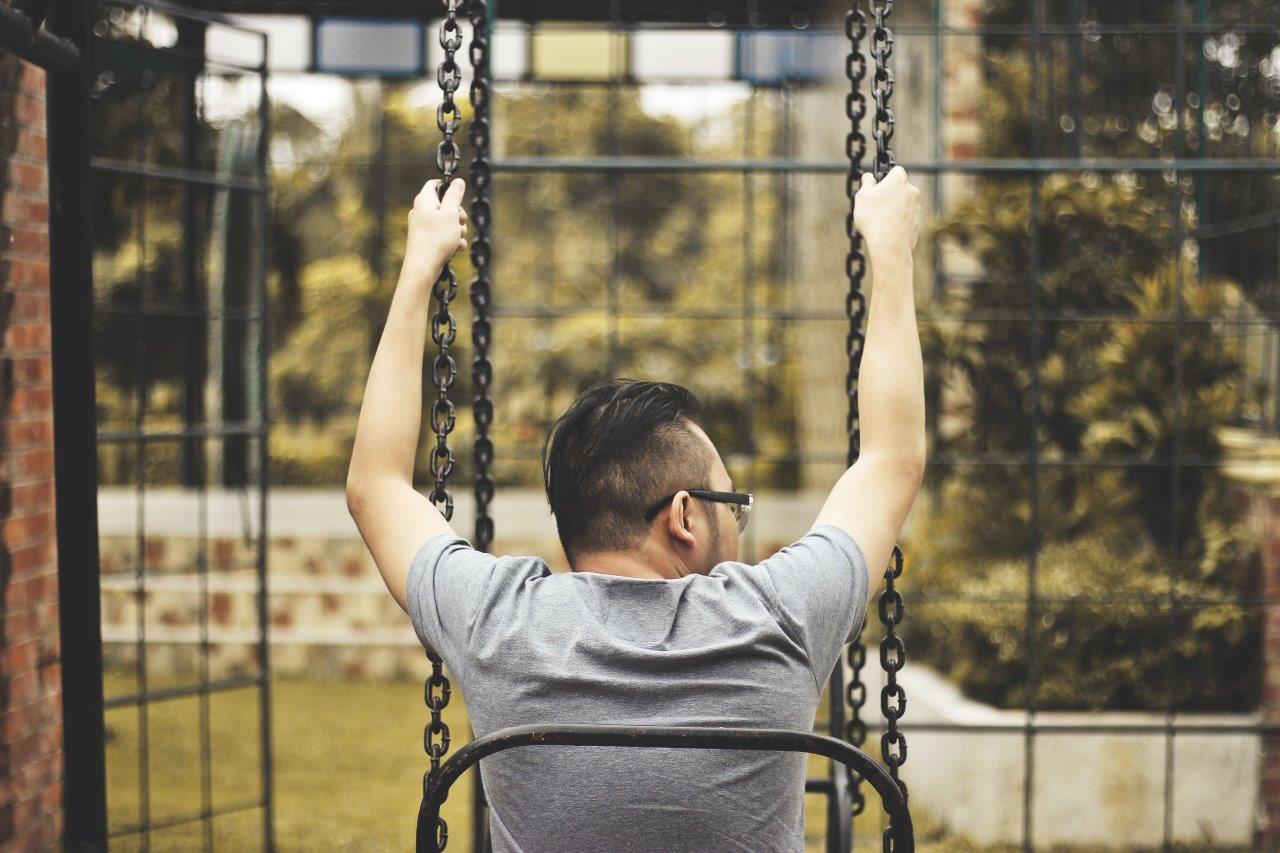In a busy world, your attention can be on a whole lot of things – from your worries to your phone. But sometimes these things can make you restless and distracted. When we practise mindfulness, we become more aware of things happening around us and gain a greater sense of presence.
Research suggests that mindfulness can help you become calmer, be more productive at school or work, and move towards a healthier headspace.
The good news is that mindfulness can become a part of your everyday life. Here are 6 tips to help you practise mindfulness.
1. Observe your breathing
Take a few minutes from your day to focus on your breathing. It’s important to remember that mindfulness isn’t a once off kind of thing. It takes time and practice to develop it.
You can start to practise your breathing by taking some deep breaths, in and out. Try casting your wandering thoughts aside.
2. Go for a nature walk
Going for a walk can be good exercise, but it’s easy being distracted when we’re caught up in our thoughts.
Did you know that walking meditation allows us to guide ourselves out of the autopilot we sometimes find ourselves in. It’s as easy as finding a quiet space to walk and you can practise it in nature, down a hallway or on a city street.
As you walk, pay attention to the lifting and falling of your feet. Notice the movement in your legs and body. And if you find your thoughts wandering, bring them back to the sensation of your movement.
3. Take mini breaks throughout the day
If you’re finding it difficult to be still, it’s important to take time out of your day. Mindfulness can help you refocus your energy. You can think about how you’re feeling in the moment – whether you’re tired or have any aches – and prevent your mind from wandering to other things.
To make the most of your mini break, sit down comfortably and focus your attention fully on the feeling of your feet touching the floor, or your bottom on the chair. You can also get your senses involved, and focus in on what you can smell, see, hear, feel or taste at the present moment. Take at least a few minutes to pay attention to your body instead of what you've been doing.
4. Avoid doing too many things at once
Have you ever started doing something only to have forgotten what you’re doing? Sometimes our brains can get a little fuzzy and we get side-tracked.
It can happen, say, if you’re doing homework and a friend sends you a message. Doing too many things can be distracting, so it’s best to limit yourself to doing one task at time. This becomes more important when you’re doing something which requires your full attention.
5. Create a journal
Keeping a journal can be a great way to reflect on your thoughts and feelings in a completely private and safe way.
You could consider a bullet journal or just write down how you’re feeling each day. This helps you to track your mood overtime and causes you to reflect on how you’re feeling each day.
6. Check out these mindfulness apps
Mindfulness is about being aware of what’s going on around you. It doesn’t mean that you have to practise for 20 minutes. But you can set aside time each day to help you practise it.
Once you get better at practising mindfulness, you’ll notice that you’ll be attentive in your everyday life – like walking to school or talking to friends.
It’s helpful to use online tools to guide you through your mindfulness practice, especially if you haven’t done it much before. Here are some great apps that can help you practice mindfulness:
- Smiling Mind
- Headspace (it's not us)
- Calm
- Stop, Breathe & Think
- Insight Timer
There are heaps of ways to practice mindfulness. But if it isn’t working for you, don’t stress. You can do other things too, like talk to a trusted friend, adult or seek professional help. Remember, you can always reach out to your local headspace centre.


